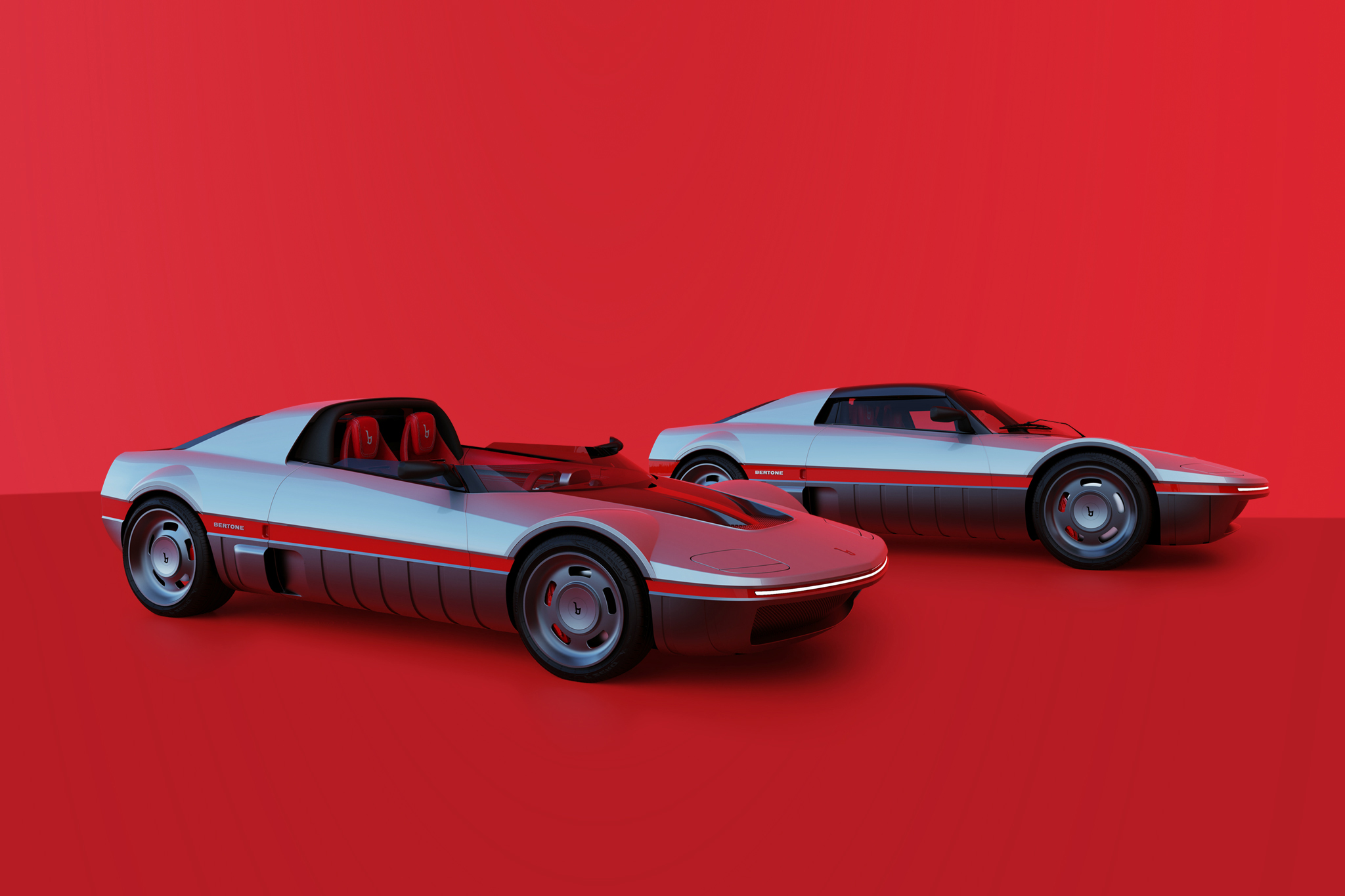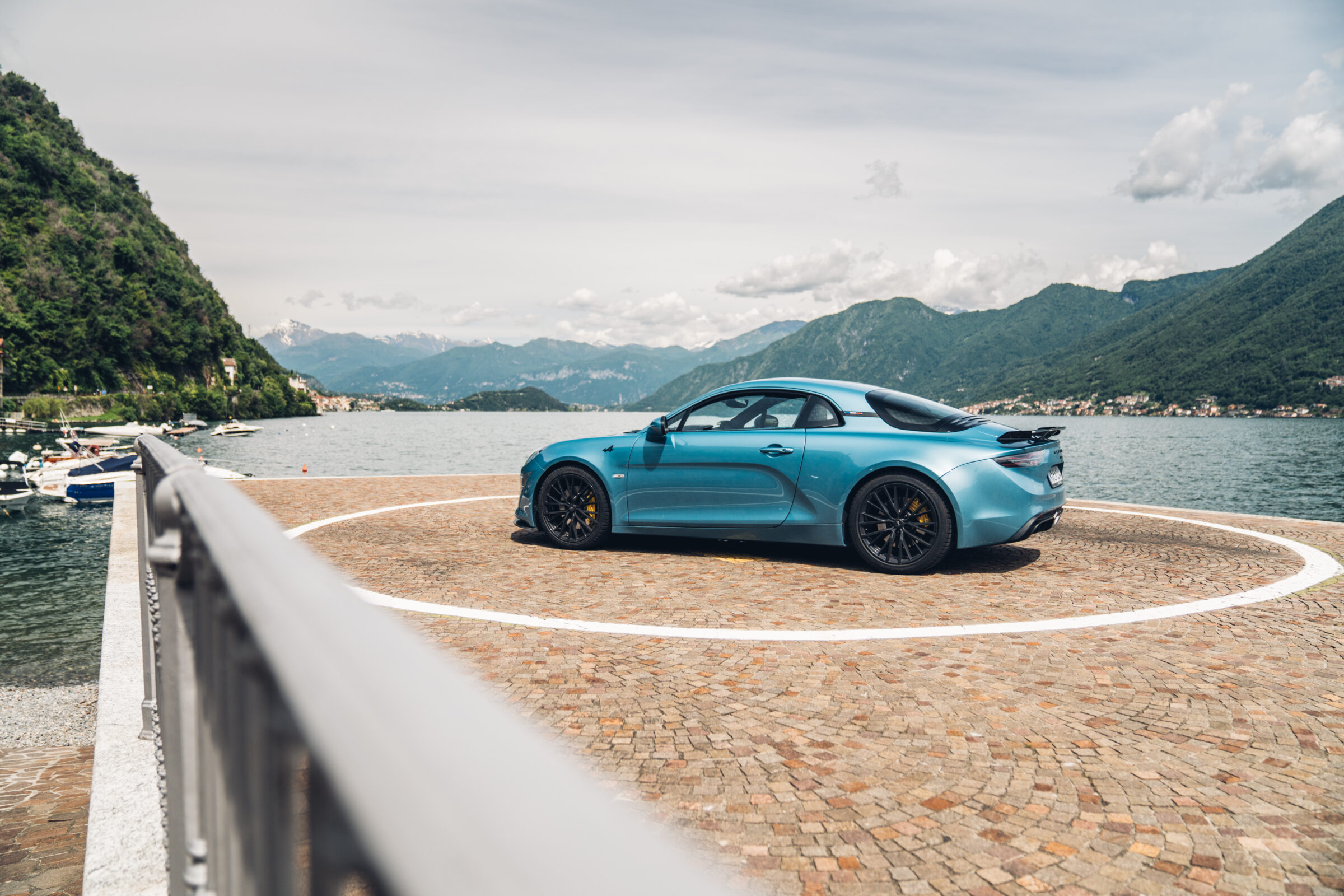Railton F29 Claremont
Do you know the car designer William Towns? He was born in the UK in 1936 and started his career in 1954 in the Rootes Group, which included the brands Humber, Hillman, Singer and Sunbeam. Nine years later, he switched to Rover, where among other things, he designed the body for the turbine-powered race car for Le Mans in 1966. In the same year he started working at Aston Martin. The cars, which he was responsible for here, are still known worldwide today. He was put into charge when Touring in Italy closed its doors shortly before the order for the new DBS design could be finished. On this basis he also designed the Aston Martin Lagonda Series 1, a four-door sports sedan, of which only five copies were made. However, the most well-known vehicle designed by William Towns undoubtedly is the successor of the Series 1, later decided to be the Series 2 (followed by Series 3 and 4 with the same body-in-white but some modifications). In parallel to his job at Aston Martin, in 1974 he designed the Guyson E12 for the hillclimb champion Jim Thomson, based on two Jaguar E-Type Roadster. Finally, in 1977, he set up his own design studio Interstyl, mainly to offer industrial design as a freelancer. But he still continued to work in the car industry, designing the front and rear of the Jensen-Healey, the bodywork of a relatively successful kitcar from Hustler or the Reliant SS2. In the late 1980s, there was also the plan to revive an old British car brand.
So we have to turn back the years once again, this time a bit more. Reid Anthony Railton made a name for himself shortly before and again after World War 1 in the scene of record-breaking cars. Among other things, he was involved in the Blue Bird projects of Sir Malcolm Campbell between 1931 and 1935. His biggest success came after World War 2, when he developed his own record car and with John Cobb at the wheel reached a top speed of 394.7 mph. Already in the period of 1933 to 1940, also road vehicles were produced with his name on the radiator grille. For this, he teamed up with Noel Macklin, who had shortly before that sold his own brand Invicta. On the basis of Hudson chassis from the USA they produced their own bodies in the premises of the Fairmile Engineering Company in Cobham, Surrey. However, only about 1,500 cars were created by 1939, before Noel Macklin changed his interest to speed boats and sold the car company to the Hudson Motor Company from Detroit, who wanted to set up an additional manufacturing in the UK. Due to the war, that didn’t happen. After the war they completed some vehicles from leftover parts and even showed a new model at the 1949 London Motor Show. But it was drastically overpriced and therefore didn’t find any interest at all. This ended the first chapter of Railton as an automaker.
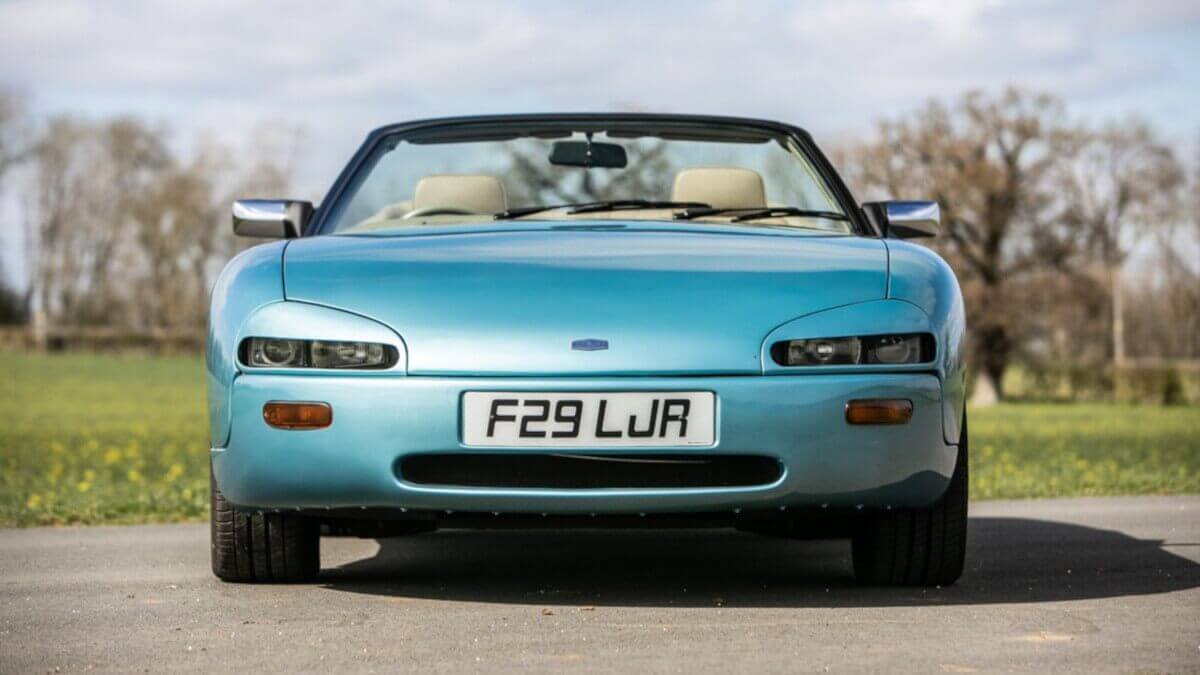

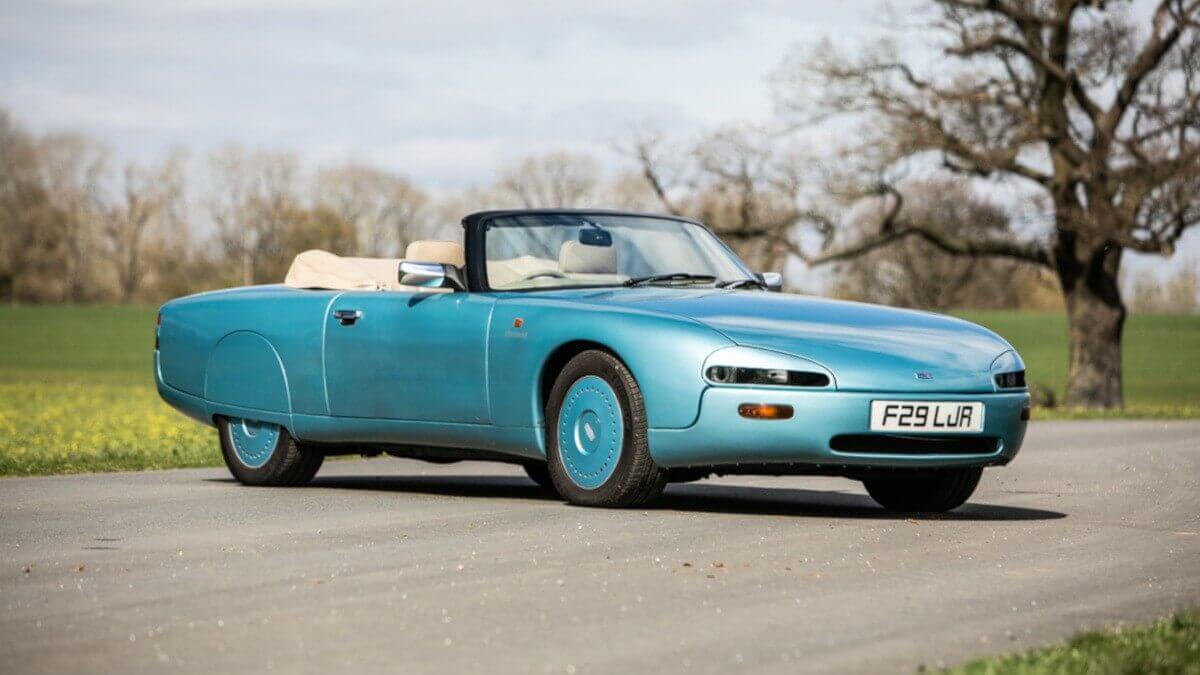

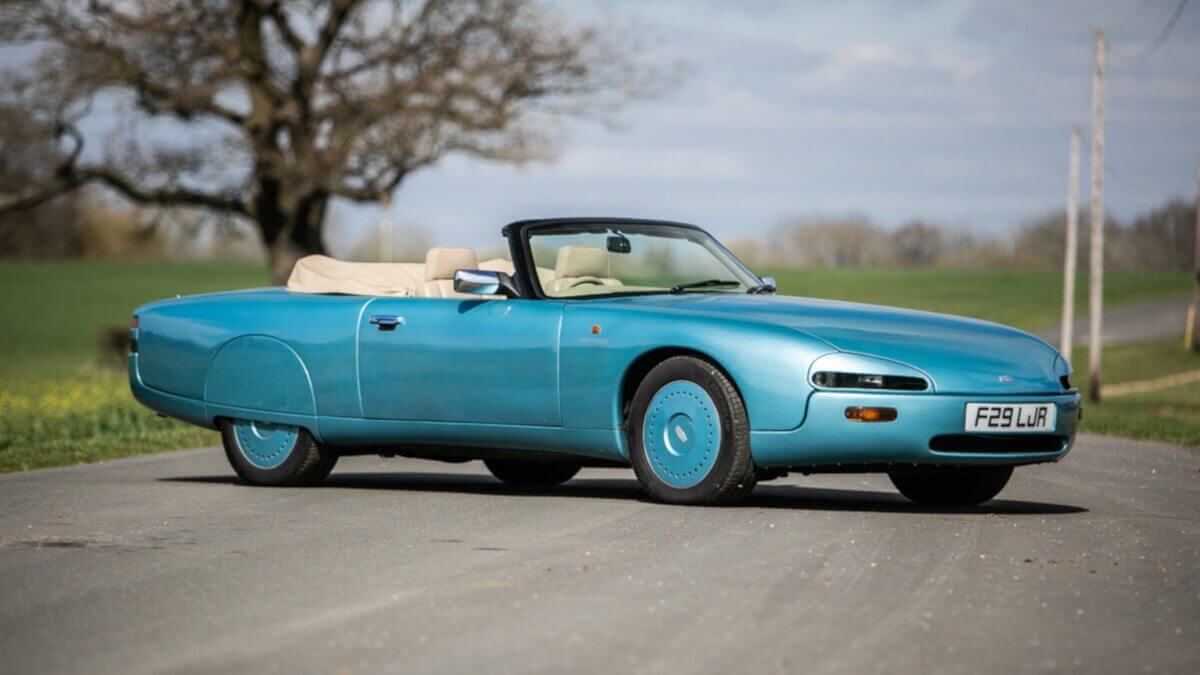

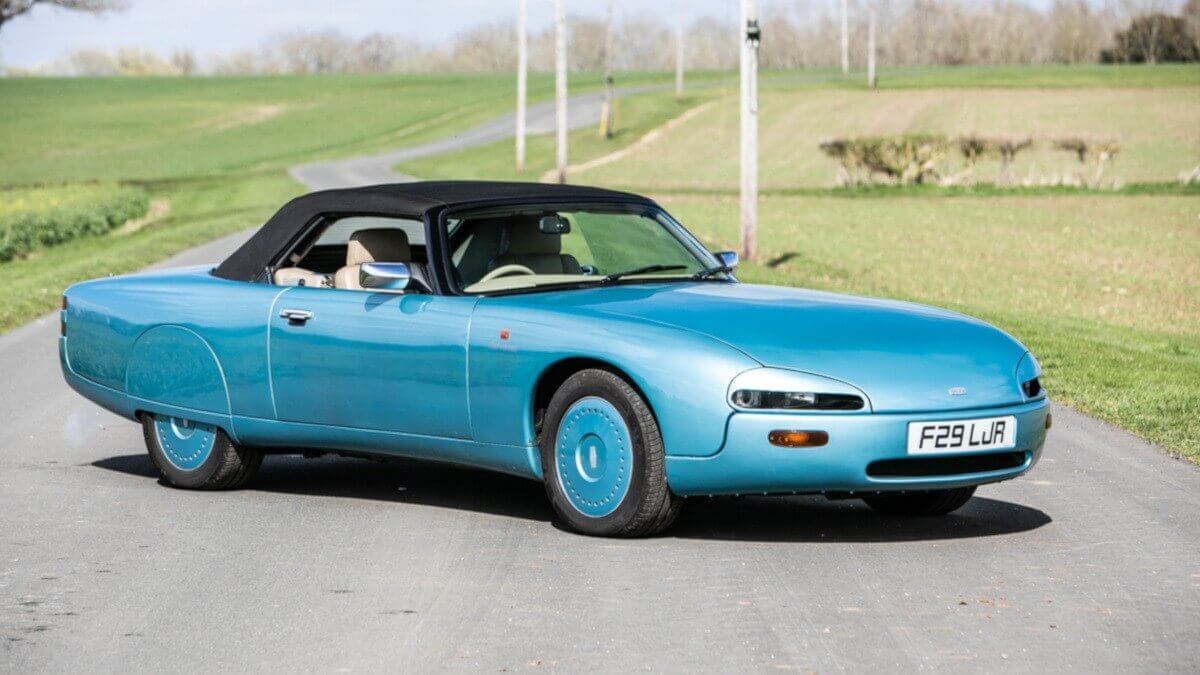

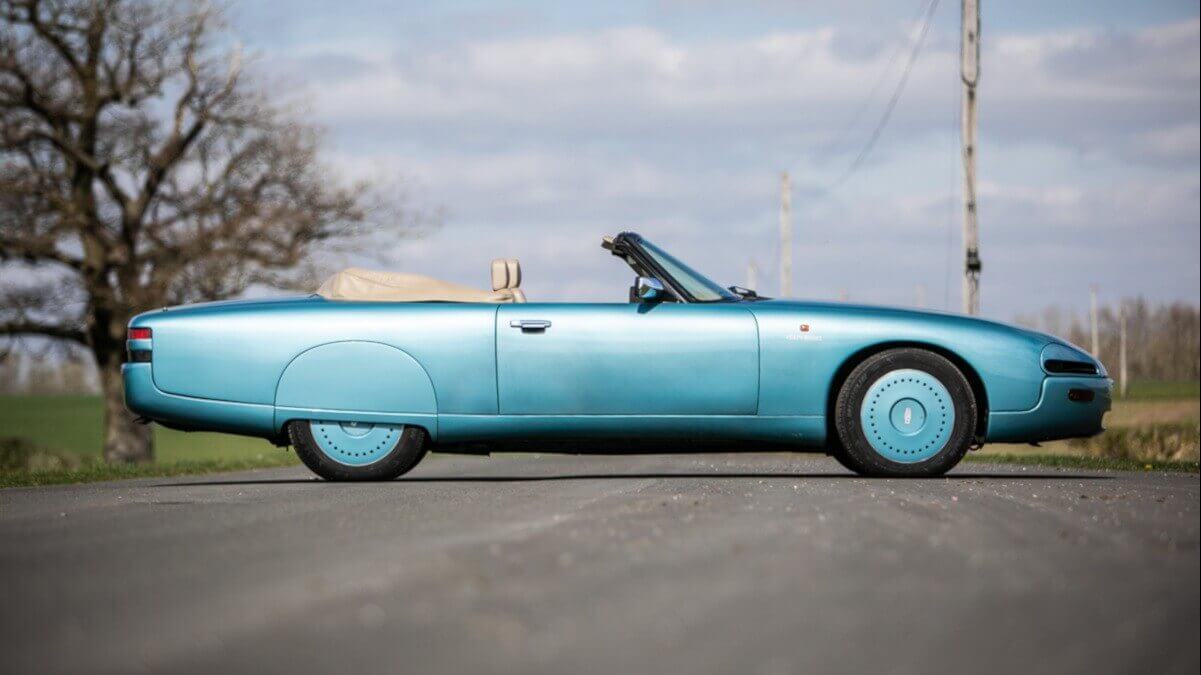

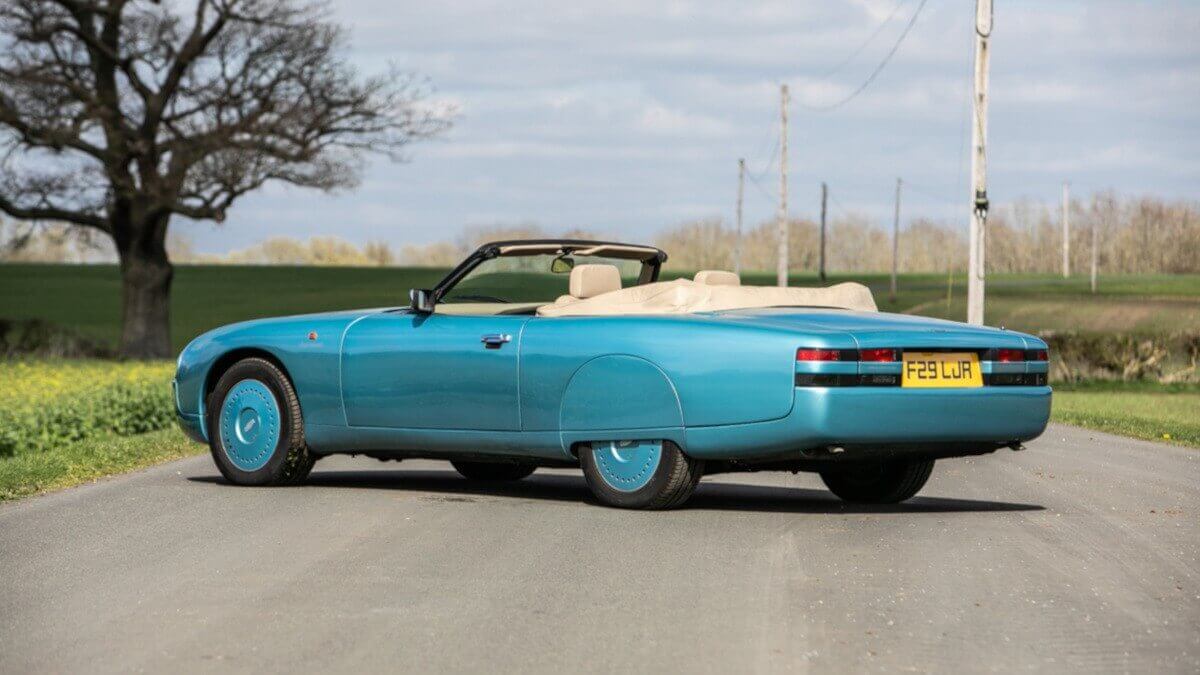

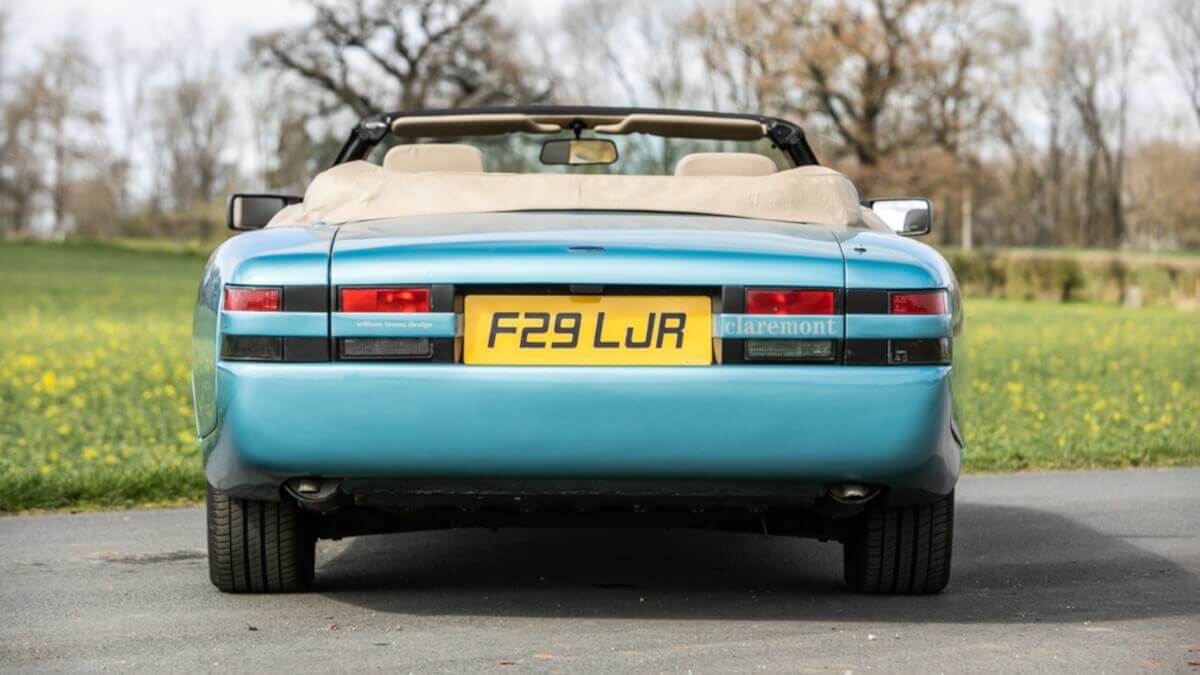

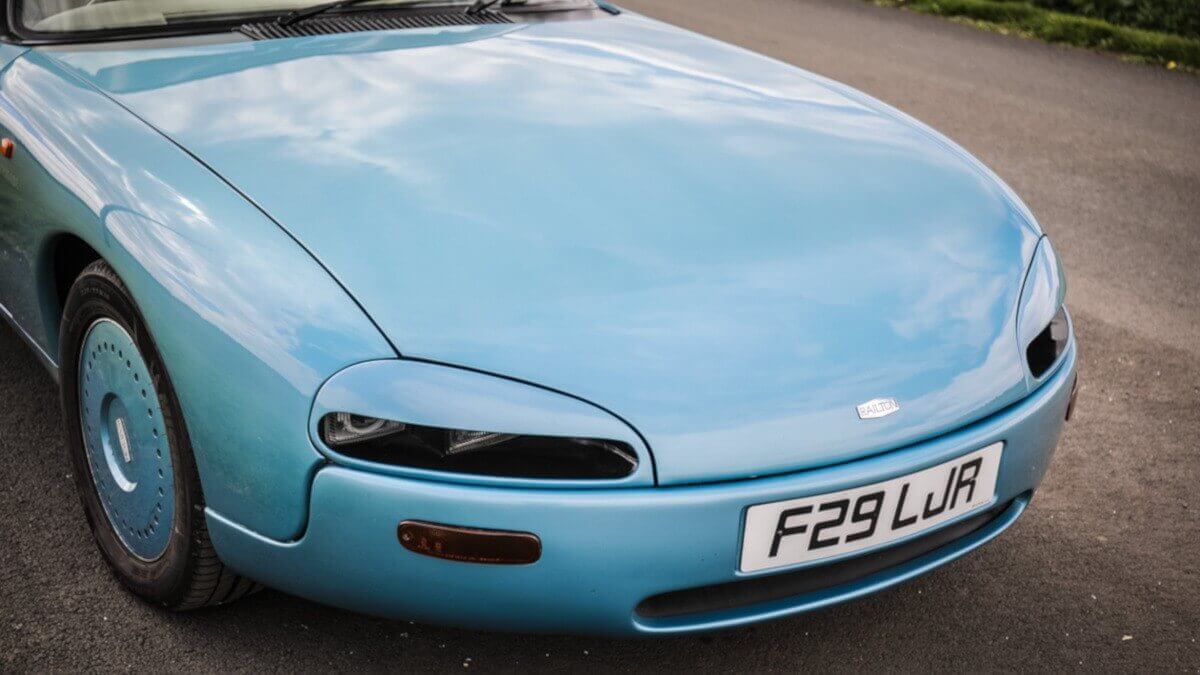

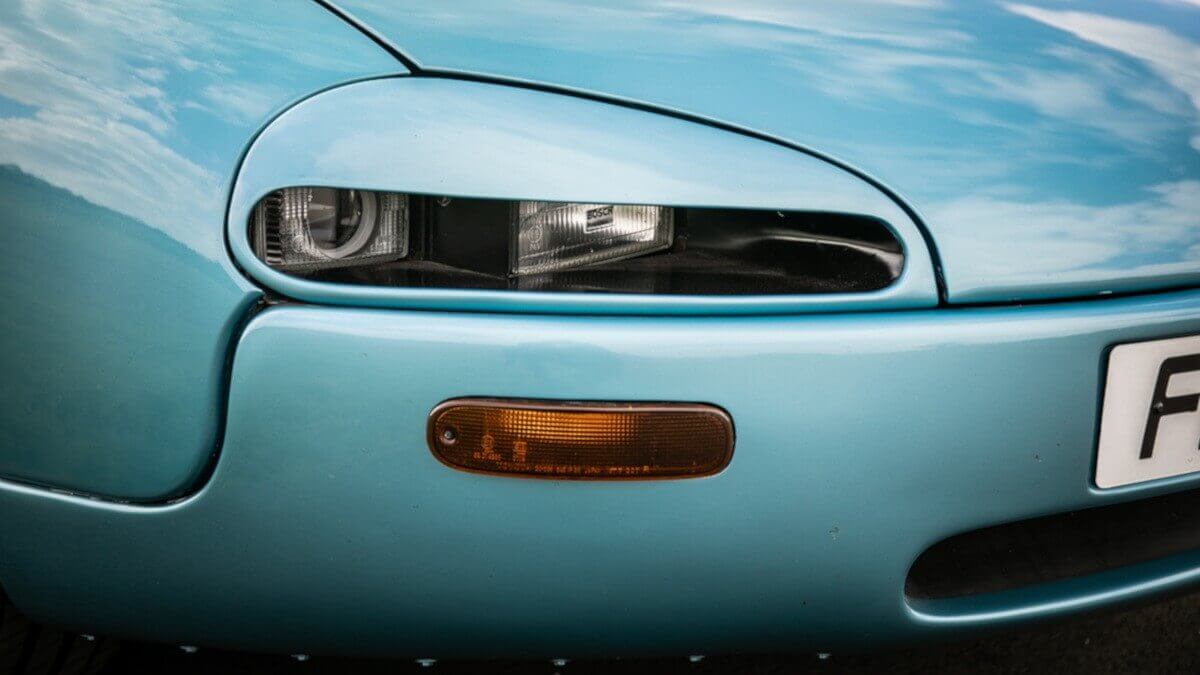

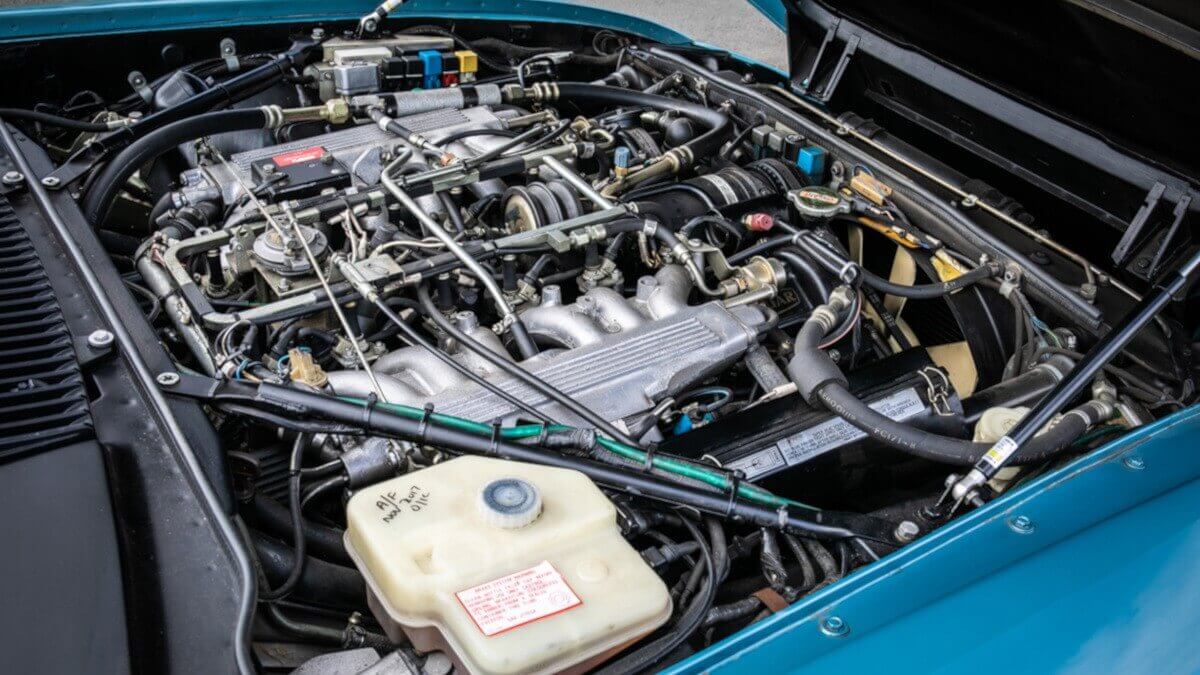

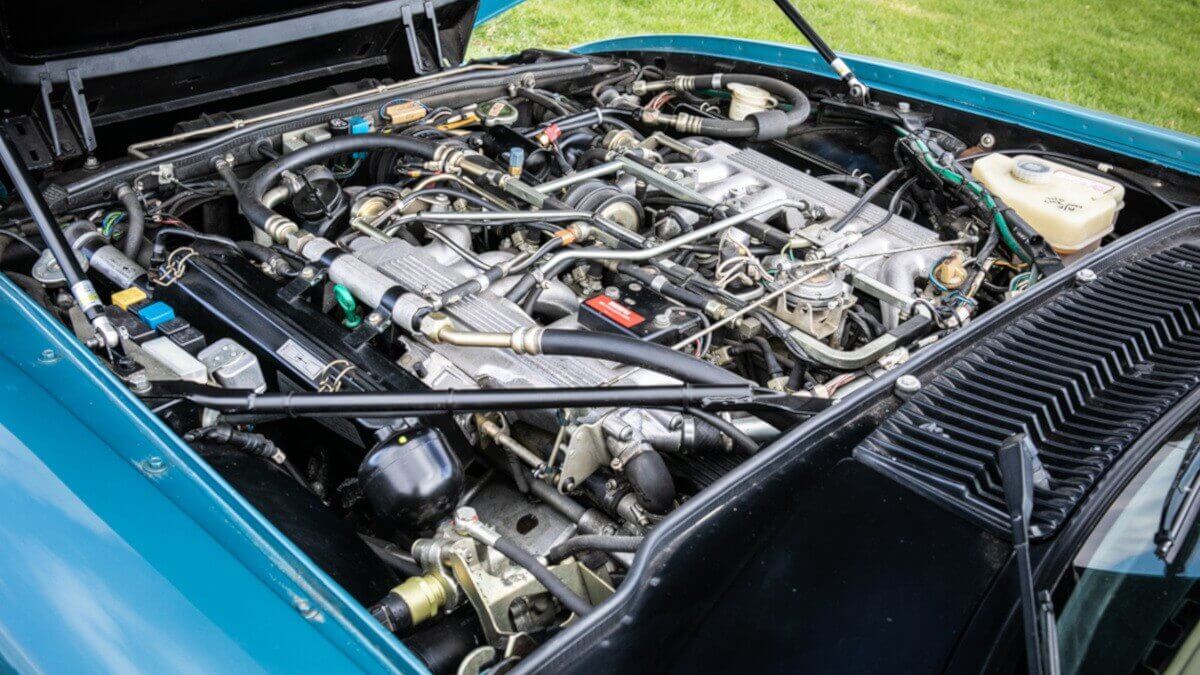

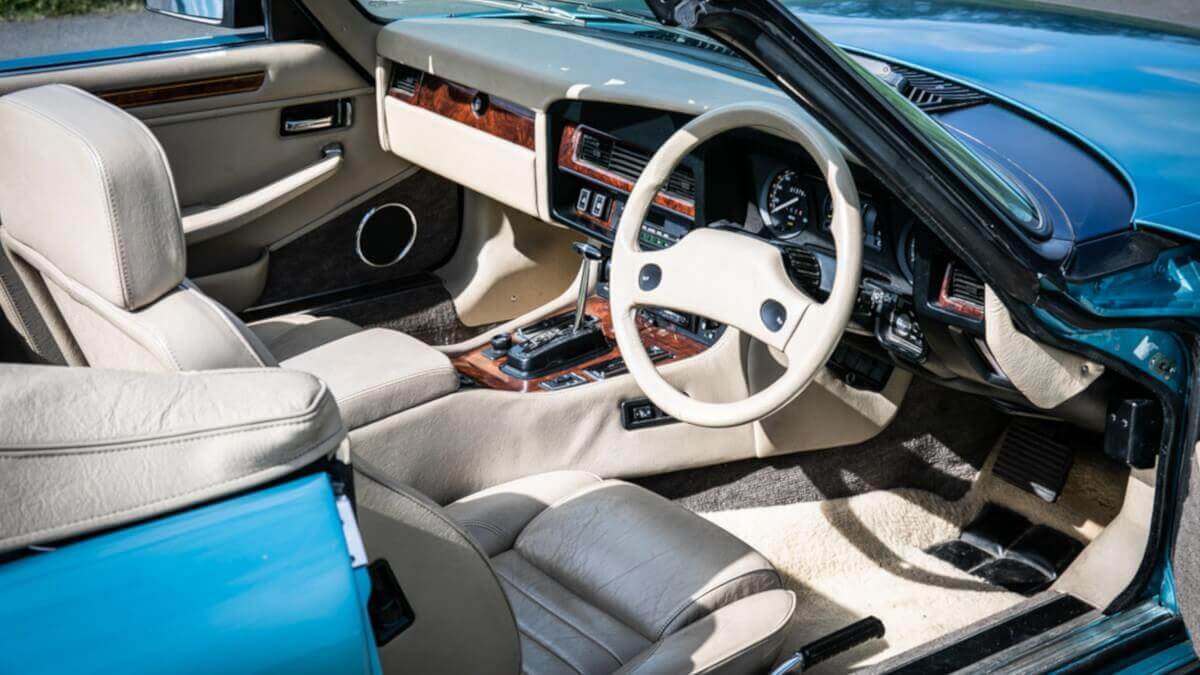

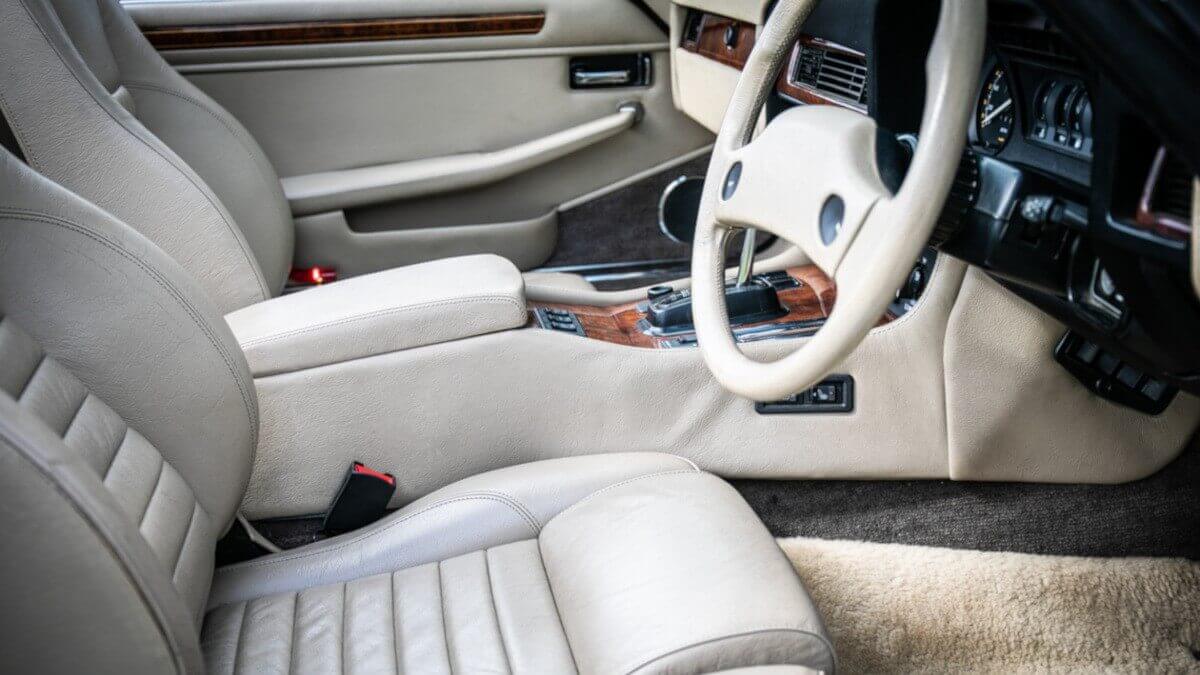

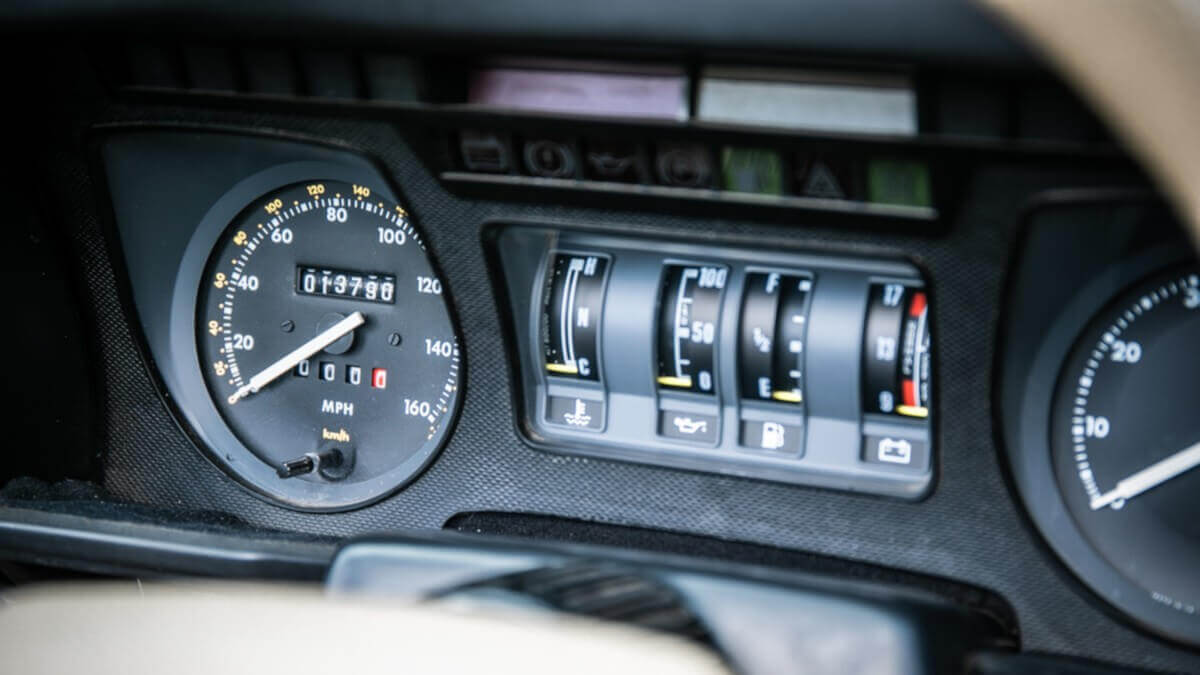

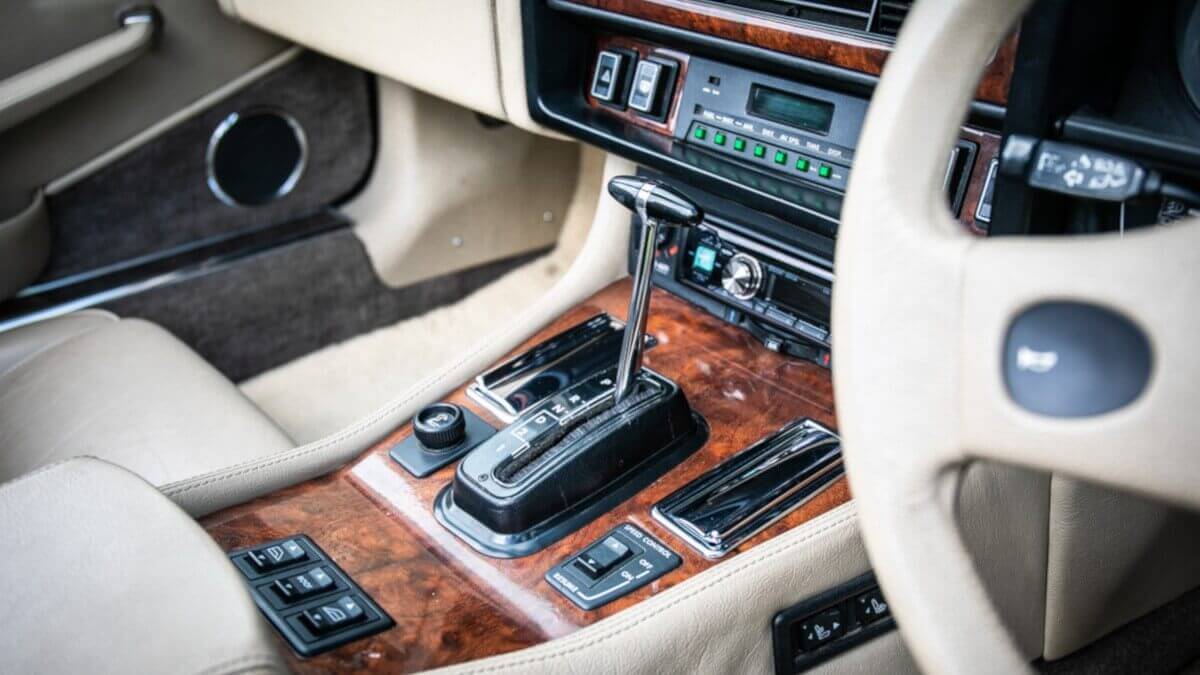

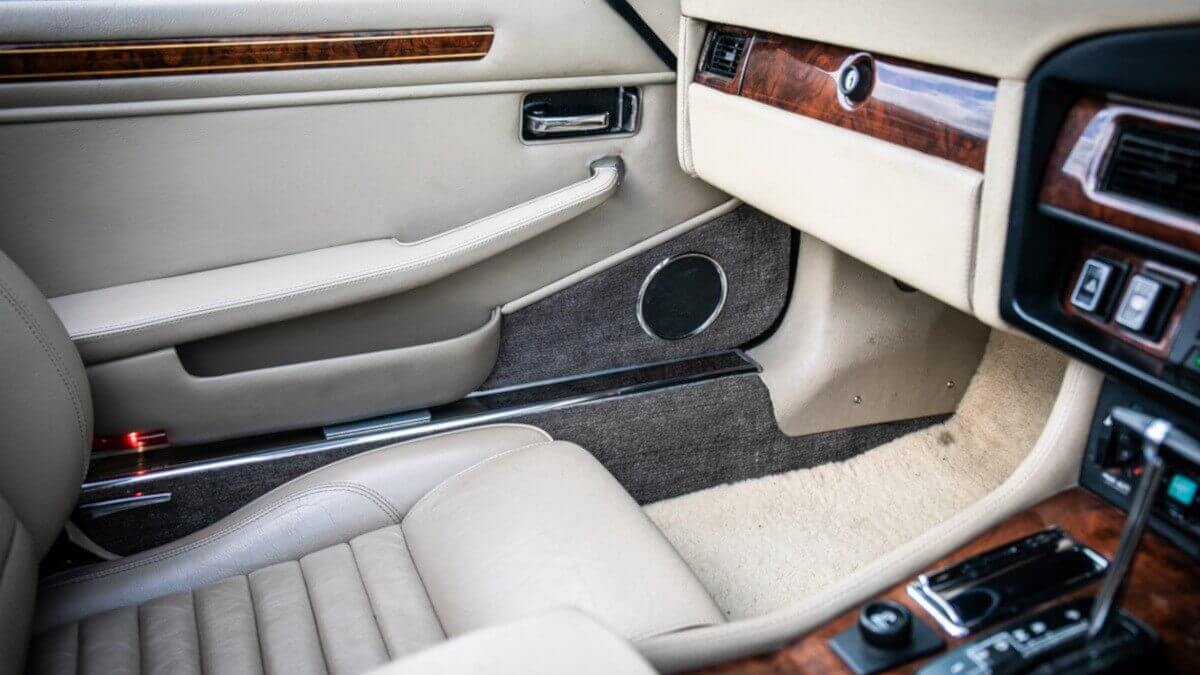

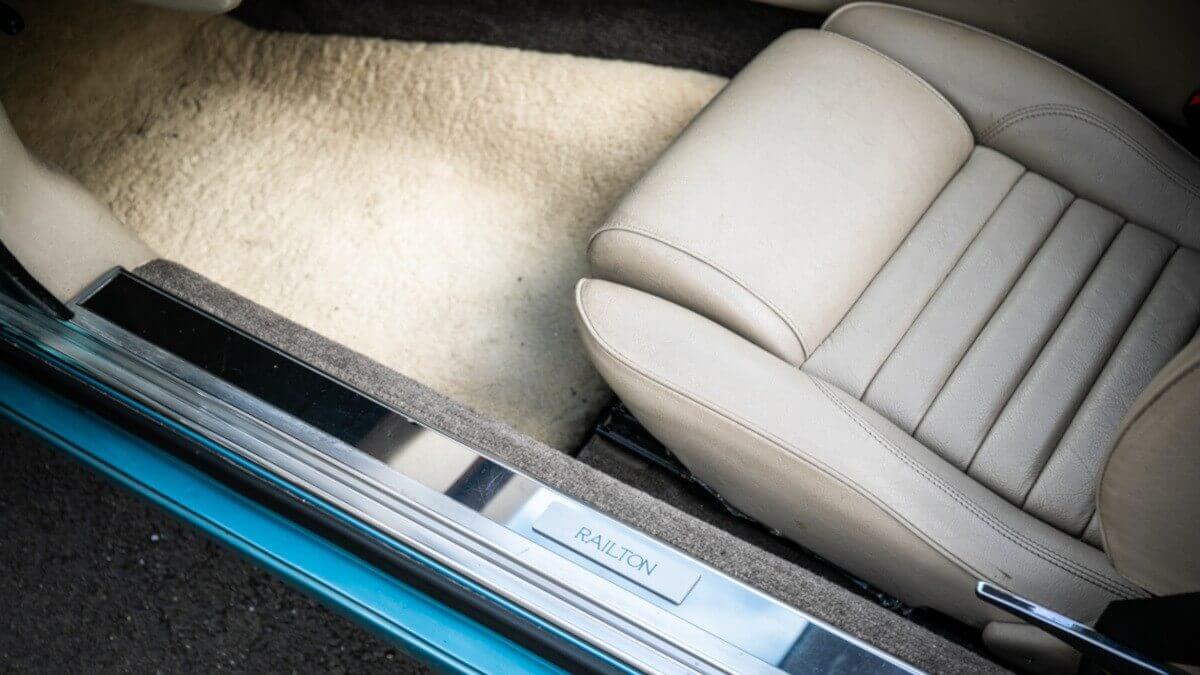

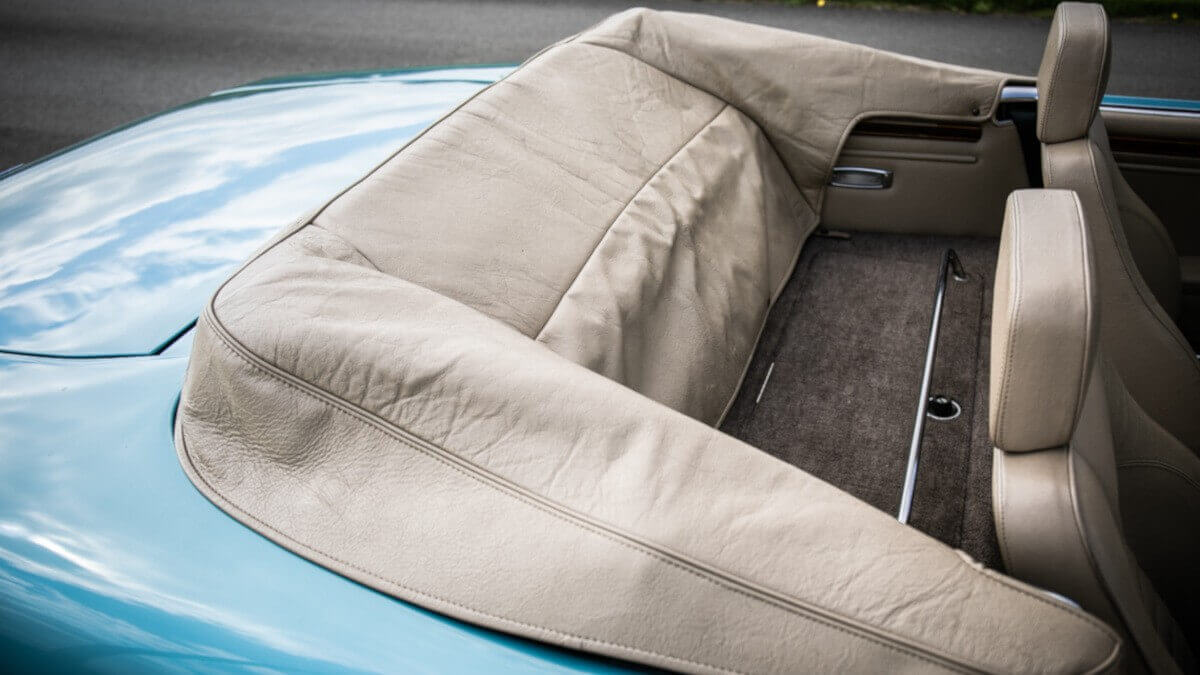

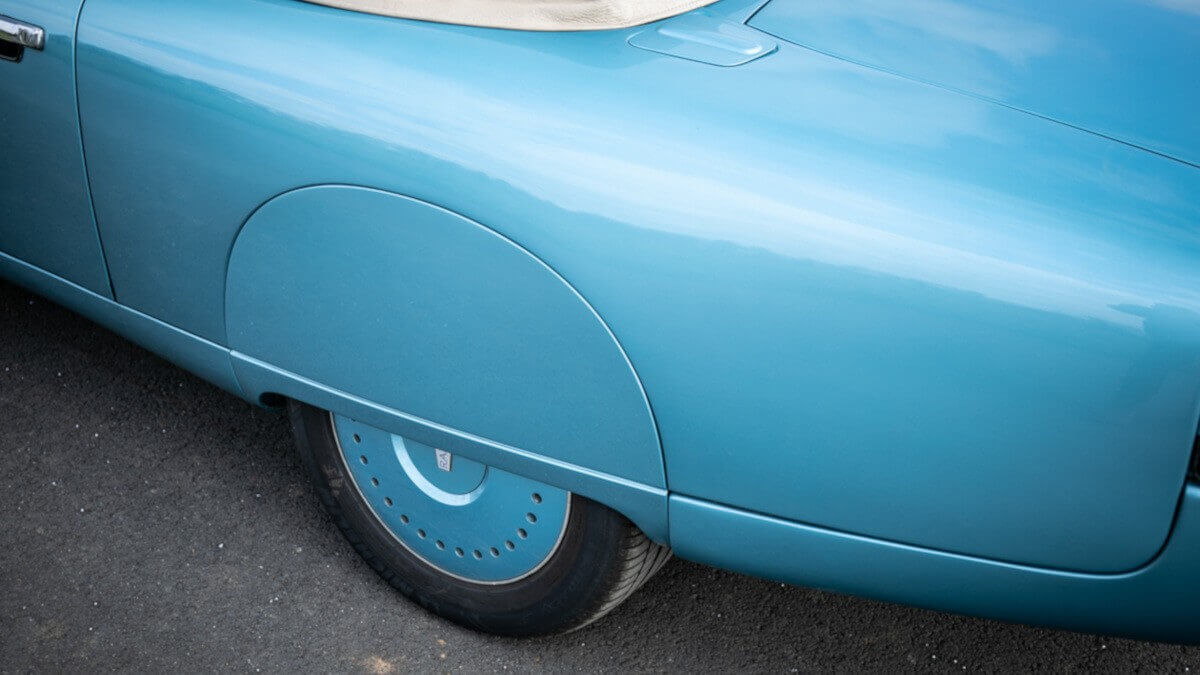

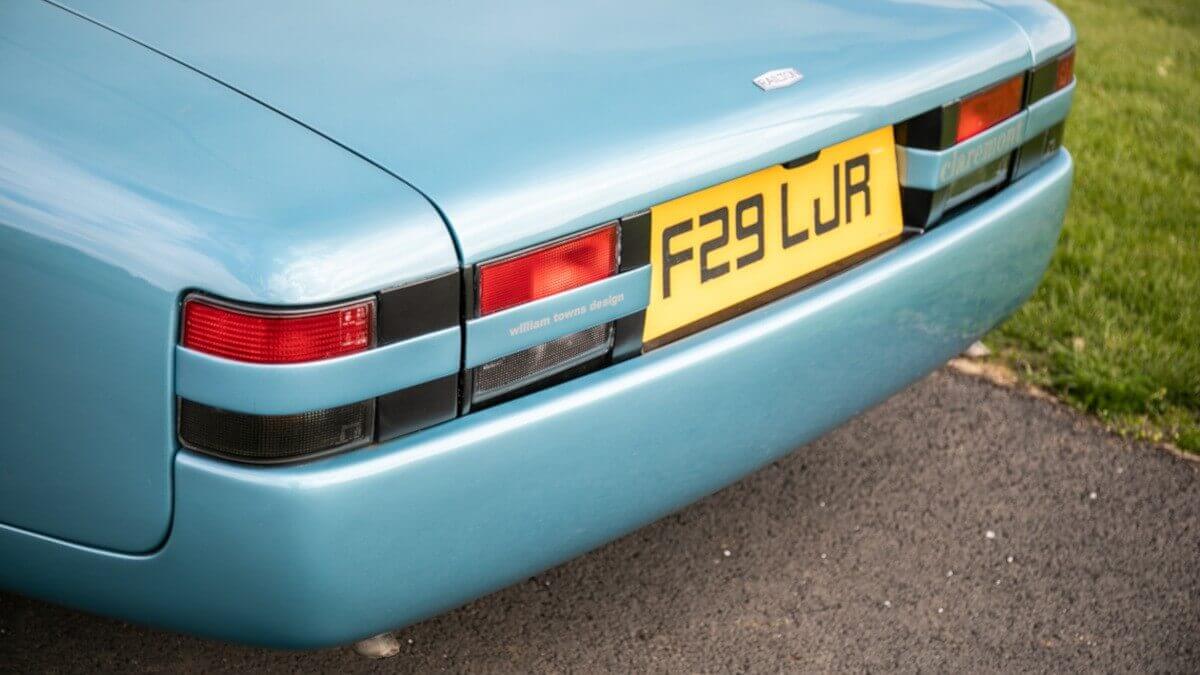

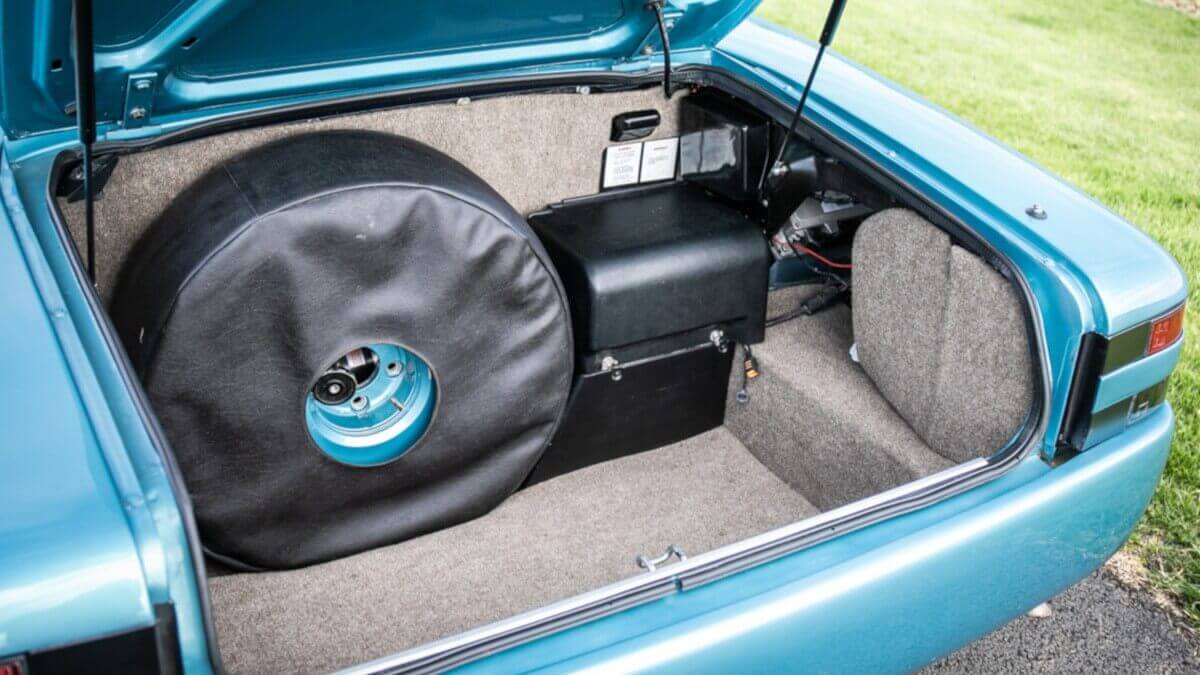

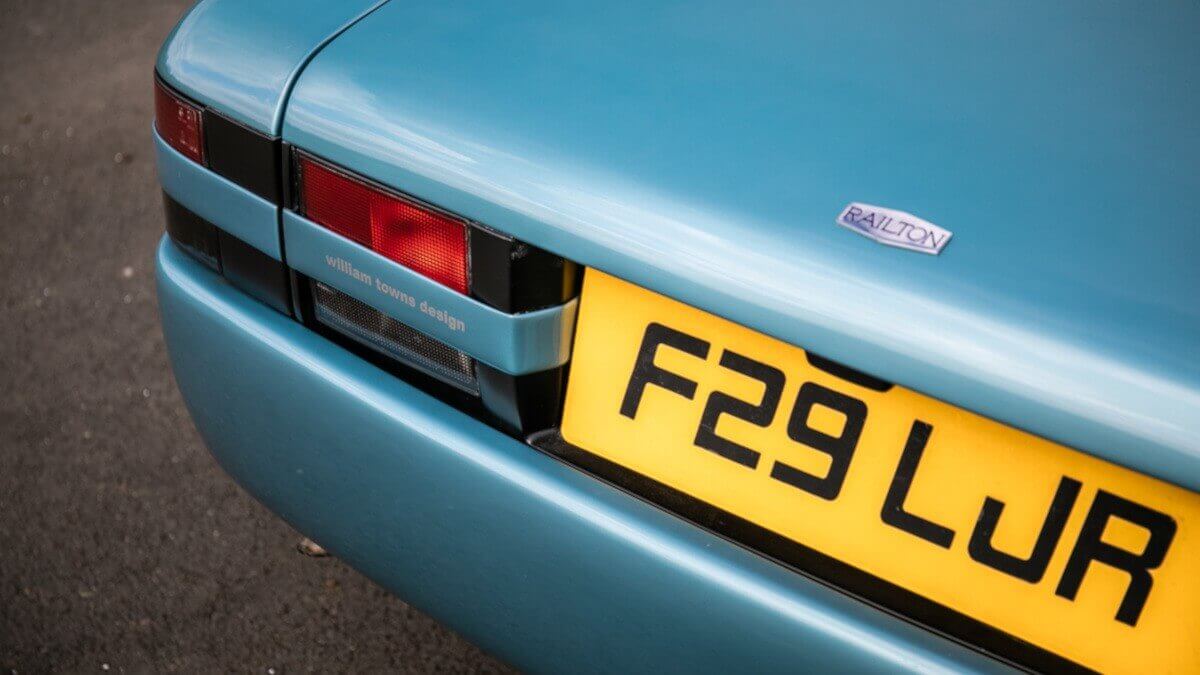

Back to William Towns and his time as a freelance designer. Already since the premiere of the Jaguar XJ-S (from 1981 only XJS) in 1975, he had a sweet spot for this model. However, he most liked the silky smooth running of the V12 engine and the high quality interior. For the exterior design he had his own ideas, which he sketched on paper with the acronym XJX. As he couldn’t find financial backings for a production version, the plans ended up in a drawer, but were adapted to current design trends several times. When Reid Railton died in 1977, Towns recognized the opportunity to acquire the Railton brand name. In the late 1980s, he finally met John Ransom, who had become a millionaire by selling propane gas and LPG. Since Ransom was also a big car fan, Towns showed him his XJX drawings and they agreed to give that project a chance under the brand name Railton Motor Company. In 1989 they bought two brand new Jaguar XJS Convertibles and had their own body design made in aluminium by Park Sheet Metal, who later also bodied the Jaguar XJ220. The styling was very flat without too many contours and in contrast to previous Towns designs with curves instead of the clear edges. Within the same year, the burgundy painted F28 Fairmile debuted at the Motor Fair in London. Two years later, the almost identical F29 Claremont was finally completed, which can be seen in our picture gallery.
Unlike the F28 Fairmile, the F29 Claremont got spats in front of the rear wheels and a different wheel-tire combination. In the already printed brochures, a base price of £ 105,000 was specified for both variants, which corresponded to about three times the price of a Jaguar XJS V12 Convertible (in today’s time, it would be almost 300,000 €). Therefore, the circle of interested parties held in tight limits. In addition, Towns didn’t strip the donor cars, but instead ordered the new parts to be installed on top of the originals, which of course drove up the weight. In a contemporary driving report of the British magazine ‘Performance Car’ the F29 Claremont couldn’t convince the editors. Thus, it remained with only the two cars built. In 1994, the second chapter of the Railton brand came to an end. Towns drove the Claremont until his early death in 1993. Subsequently, his private vehicles were shown as a collection in the Heritage Motor Center in Gaydon until 2005, before they were auctioned off. Now, the second owner, a car collector from the UK, auctioned off the Railton once again with Silverstone Auctions, earning a hammer price of £ 60,000. Thus, the car is worth almost double the amount of a comparable Jaguar XJS Convertible.
Images: Silverstone Auctions


